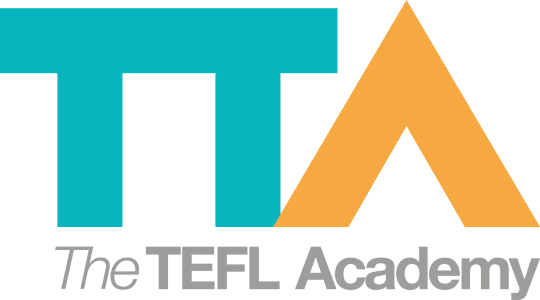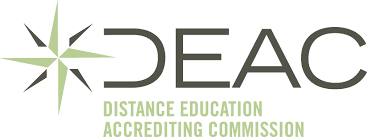Tips For Improving Your Whiteboard Technique
Join a global community of over 200,000 TEFL teachers working throughout the world! Enrol me!
The whiteboard may seem like an unsubstantial aspect of the EFL classroom but it can have a huge impact on the success of a lesson. Think about the different whiteboard styles you may have encountered yourself as a student (or maybe blackboard styles, if you’re older than some of us!).
You’ve probably seen a range of different boards, from boards jam-packed with a barely legible scrawl to big, empty boards with very little on them, monochrome boards with everything written in blue to colourful boards with words written in every single colour.
Now think about which of those boards you found most useful as a student.
Chances are, your answer is none of the above. The whiteboard in a classroom is a representation of the lesson and a blueprint of what we want our students to take away, so the ideal whiteboard is actually a combination of all the above examples.
Finding the right balance and making your whiteboard work for you takes some thought and consideration, so here are some of our favourite ideas to help you get your whiteboard working for you.
Plan your whiteboard
As strange as it may sound, having a plan of your whiteboard is not just something you need to do on your TEFL course. It’s a technique which will go a long way towards helping you create an effective whiteboard.
When you plan your lesson, consider the target language and imagine where on the board the language will go and what you will write down. For example, you can keep the centre of the board for target language, the right column for new vocabulary words and the left column for pronunciation work.
Be smart about using colour
Your whiteboard should definitely include colour but this does not mean using all the colours of the rainbow at random. Assign colours to categories or purposes. For example, write in black, highlight in blue, write new vocabulary in green and write phonetic script in red. Try to be consistent with your style and your students will learn to identify the significance of the colours and process the information on the board more quickly.
Write legibly
Make sure your handwriting is not too big and not too small and is clear. Writing in print is a better idea than writing in cursive.
Of course, it can be tricky getting used to writing on and using a whiteboard effectively when you are starting out, so have patience with yourself if you initially find your boards are messy or chaotic. As a general rule of thumb, bear in mind that whatever goes on the board your students will think is important and so will want to write it down. And if you bear these three points in mind, you are sure to have beautiful, effective whiteboards in no time.
Accreditation & Quality Assurance
The TEFL Academy was the world’s first TEFL course provider to receive official recognition from government regulated awarding bodies in both the USA and UK. This means when you graduate you’ll hold a globally recognised Level 3 (120hr) Certificate or Level 5 (168hr) Diploma, meaning you can find work anywhere and apply for jobs immediately.
 United Kingdom
UK
United Kingdom
UK












